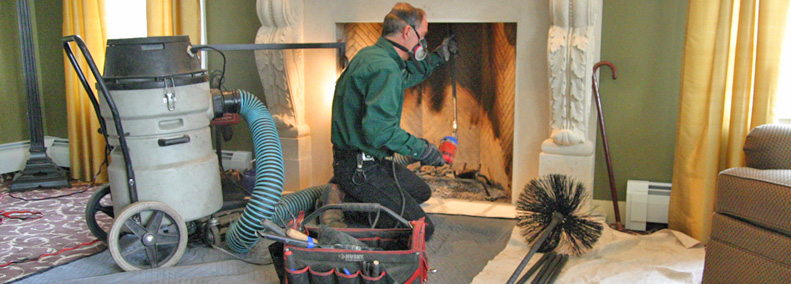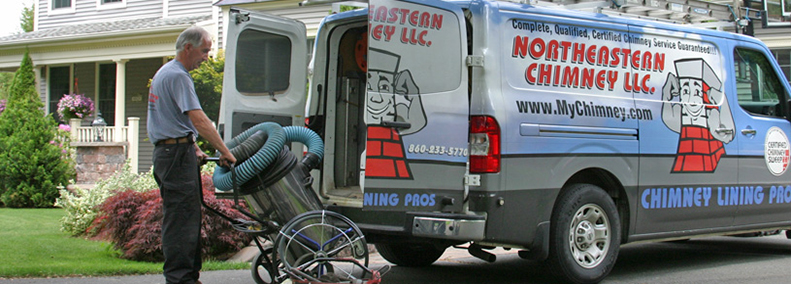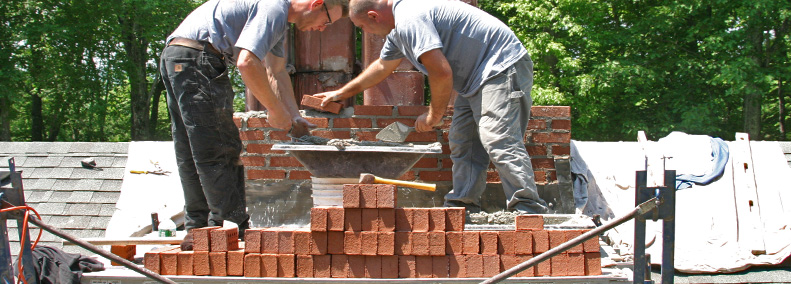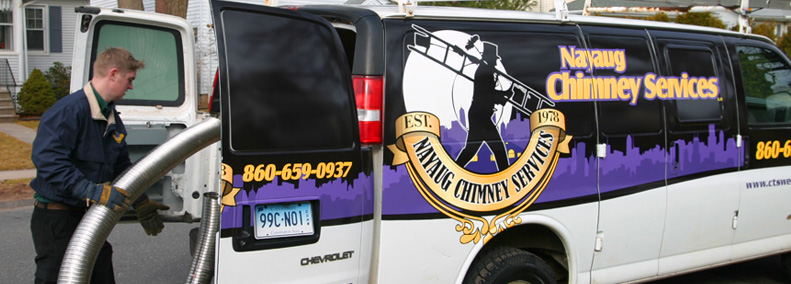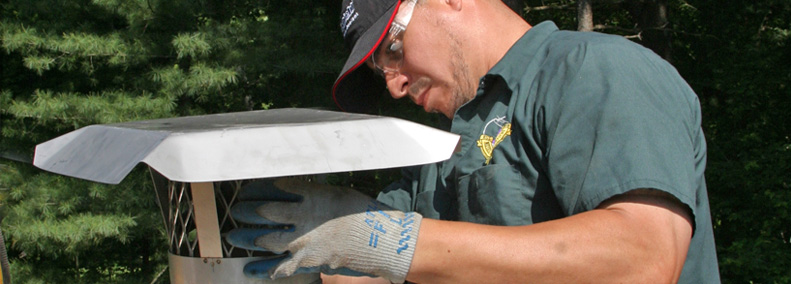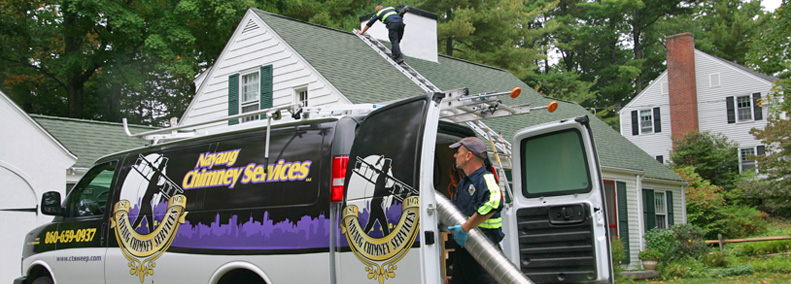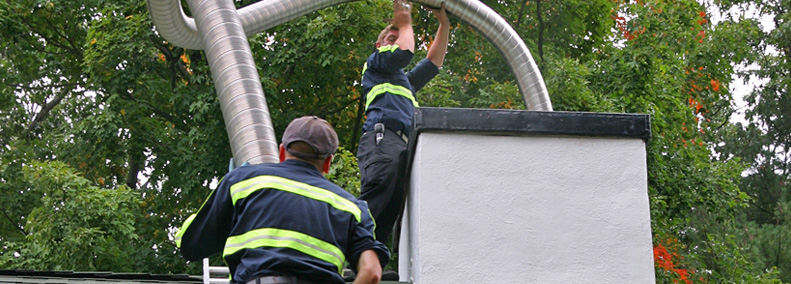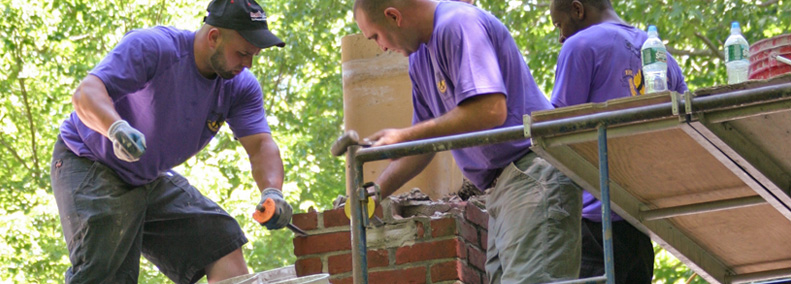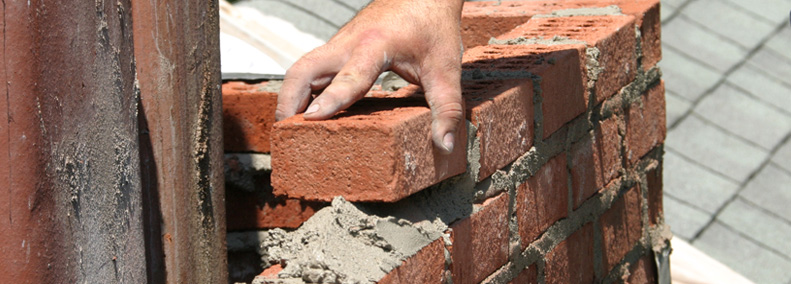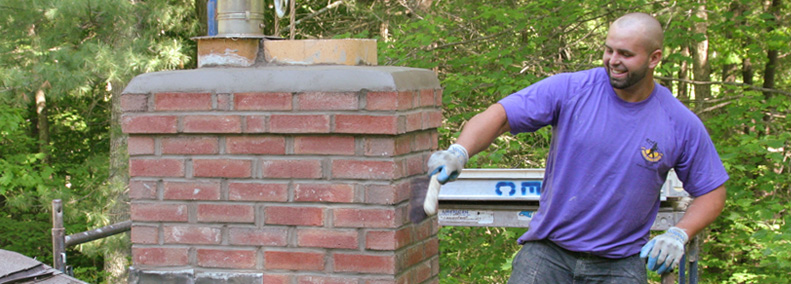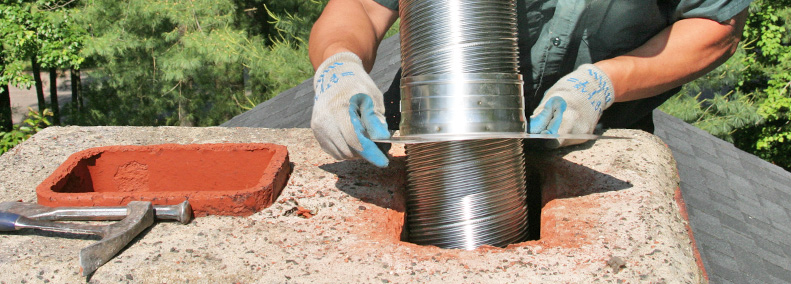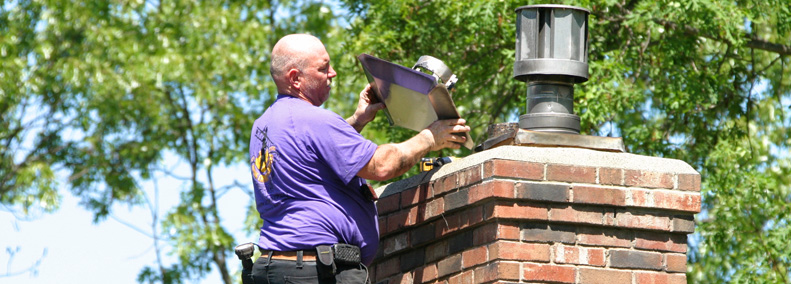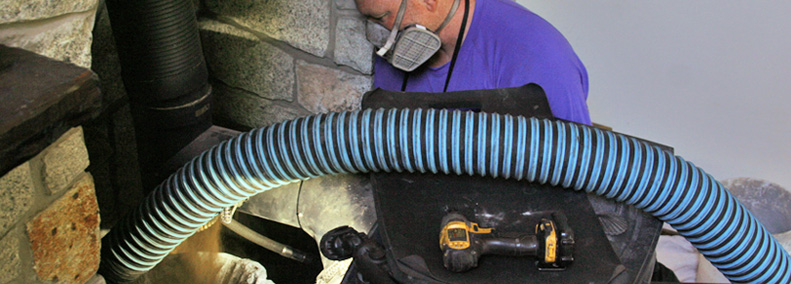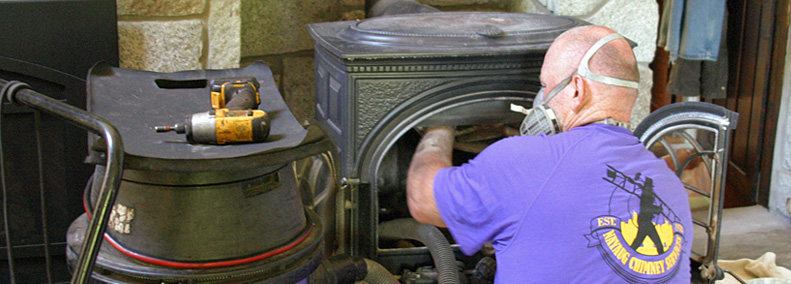03.13.12
I’m Meeeeelting – The Wicked Witch and Your Chimney
How to Keep your Chimney out of Water’s Destructive Grasp
 Just like it is to the “Wicked Witch of the West”, water is the biggest contributing factor in the death a chimney. Rather than melting like the Evil “Wizard of Oz” character, a chimney shows its demise in other ways, but both can easily be overcome by this threat if they aren’t able to stay out of harm’s way.
Just like it is to the “Wicked Witch of the West”, water is the biggest contributing factor in the death a chimney. Rather than melting like the Evil “Wizard of Oz” character, a chimney shows its demise in other ways, but both can easily be overcome by this threat if they aren’t able to stay out of harm’s way.
The winter’s freezing and thawing cycles may have opened a path for moisture and water to enter during spring and summer storms. Now is the time to make sure your chimney systems is water tight and protected against the warm moist seasons that are coming.
A chimney has many different ways of showing signs of water damage and it is important to learn how to spot them so that the problem can be taken care of before it amounts to costly repairs. The key to preventing major problems with a chimney is to keep on top of minor repairs and regular maintenance. Water damage can be extensive and only noticeable in the late stages, so as a homeowner, knowing what to look for in terms of the early signs is the best way to catch problems the beginning stages, along with an annual chimney inspection by a professional. Listed below are some common water related problems and how to find the water source and prevent it from creating lasting harm.
Problem: Broken or Damaged Brick Surface
 Brick material absorbs moisture and during the winter the water trapped inside of the brick freezes and thaws along with the changing outside temperatures. One of the results of this freeze then thaw pattern is spalling. Spalling is when the surface of the brick breaks off or becomes damaged. A telltale sign of this taking place are brick pieces on the ground around the chimney base. Also, if the damage is near the bottom, you may be able to see the broken bricks up close. Besides the aesthetic issues, spalling can cause major problems because once the surface of the brick is missing, the brick is now useless as a structural component of the chimney because it no longer offers any support. For this reason, it is important to keep an eye out for exterior damage to the chimney structure to catch problems before they amount to costly masonry repairs.
Brick material absorbs moisture and during the winter the water trapped inside of the brick freezes and thaws along with the changing outside temperatures. One of the results of this freeze then thaw pattern is spalling. Spalling is when the surface of the brick breaks off or becomes damaged. A telltale sign of this taking place are brick pieces on the ground around the chimney base. Also, if the damage is near the bottom, you may be able to see the broken bricks up close. Besides the aesthetic issues, spalling can cause major problems because once the surface of the brick is missing, the brick is now useless as a structural component of the chimney because it no longer offers any support. For this reason, it is important to keep an eye out for exterior damage to the chimney structure to catch problems before they amount to costly masonry repairs.
Solution: “Waterproofing” your Chimney
 The most common solution for preventing future spalling is by “waterproofing” the exterior of the structure. It is virtually impossible to actually waterproof a chimney, but the solutions used to coat the outside of your chimney are “water resistant” and add an important layer of protection against moisture. A special type of water repellant treatment is used for this job as the material requires unique features. The solution must keep out moisture, but at the same time it must also allow moisture from inside the chimney to escape. As mentioned before, bricks are porous and absorb and pull water to the interior of the chimney. This is not good for the chimney system, so weather proofing prevents this from happening while still being “vapor permeable” or allowing inside moisture to exit. This way the material is still allowed to breathe, it just will not allow water that will cause problems to the interior of the chimney.
The most common solution for preventing future spalling is by “waterproofing” the exterior of the structure. It is virtually impossible to actually waterproof a chimney, but the solutions used to coat the outside of your chimney are “water resistant” and add an important layer of protection against moisture. A special type of water repellant treatment is used for this job as the material requires unique features. The solution must keep out moisture, but at the same time it must also allow moisture from inside the chimney to escape. As mentioned before, bricks are porous and absorb and pull water to the interior of the chimney. This is not good for the chimney system, so weather proofing prevents this from happening while still being “vapor permeable” or allowing inside moisture to exit. This way the material is still allowed to breathe, it just will not allow water that will cause problems to the interior of the chimney.
Problem: Rust and Liner Deterioration
 It is common knowledge that where there is rust there is also water, so rust in a chimney can only mean one thing. A rusty firebox or damper is a sign that there must be some moisture getting into the interior of the chimney from somewhere. There could also be more damage that is not visible, such as the weakening or destruction of the metal parts within the chimney. Due to the wide range of problems moisture can cause a chimney, it is a good idea to quickly find the source of this unwanted water to ensure more problems do not develop and the current ones do not continue.
It is common knowledge that where there is rust there is also water, so rust in a chimney can only mean one thing. A rusty firebox or damper is a sign that there must be some moisture getting into the interior of the chimney from somewhere. There could also be more damage that is not visible, such as the weakening or destruction of the metal parts within the chimney. Due to the wide range of problems moisture can cause a chimney, it is a good idea to quickly find the source of this unwanted water to ensure more problems do not develop and the current ones do not continue.
Clay Tile Chimney Liners can also be hurt by water that is able to make it through the brick and mortar exterior of your chimney. The smallest crack in your tile liner will open the door to extensive damage that can lead to costly liner replacement costs.
Solution: Chimney Cap, Flashing and Crown Checks
As a problem within the chimney, there are a few different factors that may have had an effect on how the moisture entered the structure. The first place to check in a situation like this should be at the top of the chimney to make sure there is a chimney cap. If a cap is missing, one should be installed as soon as possible as these fixtures are put in place to prevent rainwater, animals, or sticks and leaves from falling into the chimney. After this option is explored, have a professional check the condition of the chimney flashing and crown. Both of these parts of the chimney are in place to block moisture from entering areas of the chimney and one may be damaged or deteriorated and in need of repair. Leaking around the flashing may show up in the attic or on the ceilings adjacent to the chimney.
Problem: Cracked or Missing Mortar
 Another chimney issue that can be blamed on water happens when the mortar between the bricks begins to deteriorate. This is a serious concern for the integrity of the structure as missing or damaged mortar will allow water to get behind the bricks and cause structural damage. This is also not a good look for the chimney and may result in missing bricks and large cracks as well. This destruction, like the spalling, is caused by the repeated freezing and thawing of water during those long Connecticut winters.
Another chimney issue that can be blamed on water happens when the mortar between the bricks begins to deteriorate. This is a serious concern for the integrity of the structure as missing or damaged mortar will allow water to get behind the bricks and cause structural damage. This is also not a good look for the chimney and may result in missing bricks and large cracks as well. This destruction, like the spalling, is caused by the repeated freezing and thawing of water during those long Connecticut winters.
Solution: Tuckpointing
To repair this damage, chimney professionals replace the missing and damaged parts with fresh mortar. This is done by using special tools to secure the loose bricks once again after removing the crumbling pieces of mortar from the joints. During this process damaged bricks are also removed and replaced. Tuckpointing will not only repair the damage that has recently occurred, but it will also prevent further damage to the surrounding bricks. This process also prevents more water from seeping into the area and causing more problems.
Tuckpointing is done with care to blend in well with the areas that do not need replacing. This way the end result looks more like a new chimney than an incongruous spot replacement. Tuckpointing is an important repair as it will ensure strong and water-resistant joints between the bricks that will increase the life of the chimney and also prevent against future chimney repairs.
Prevention = Keeping a Close Eye on Your Chimney
With an informed, astute homeowner keeping an eye on these signals, a chimney’s fate does not have to be as drastic or final as the one the “Wicked Witch of the West” faced. Instead, the early indicators of water damage will lead to problems being caught in time and preventative steps being taken to put a stop to the damage. Troubles with water can be prevented and caught early if the warning signs are noted in advance. Keep this guide handy and you will always be prepared to take on the moisture!
Mailing Address: Nayaug Chimney Sweep & Chimney Cleaning, PO Box 1044, Glastonbury, CT 06033-1044
Nayaug Chimney Sweep & Chimney Cleaning / 343 New London Turnpike, Glastonbury, CT / Phone 860-659-0937
Website – https://www.ctsweep.com

 Tap to Call Now
Tap to Call Now
